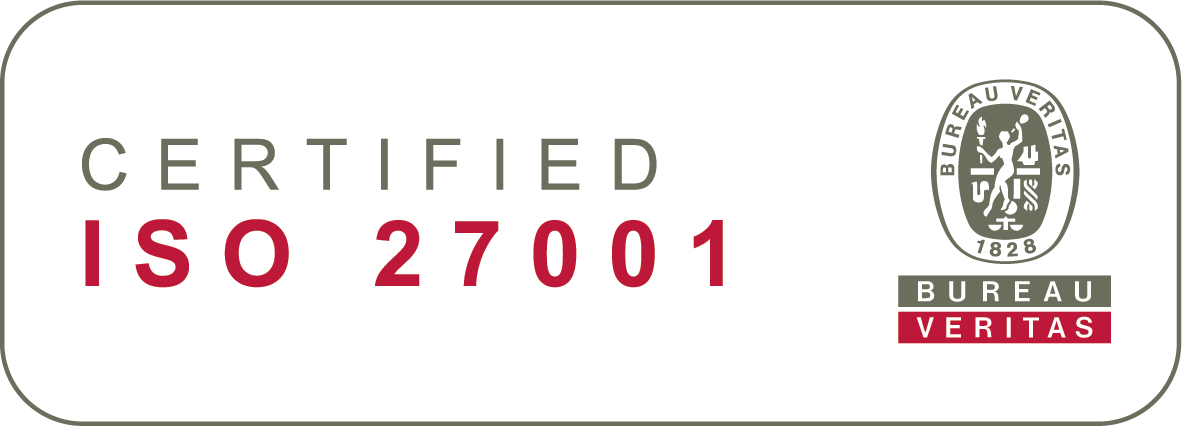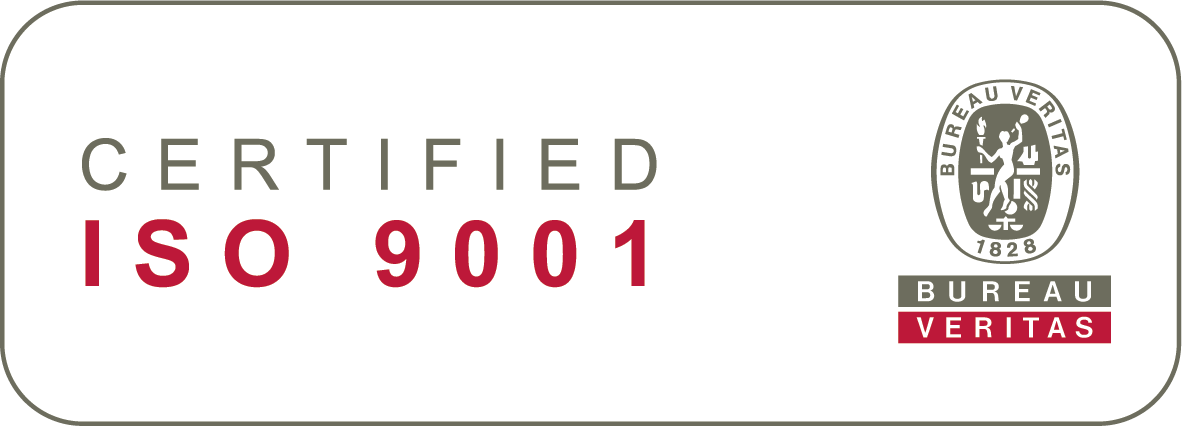Sustainability reporting has put HR in the spotlight. The Corporate Sustainability Reporting Directive (CSRD) requires companies to track and report on workforce-related data, including employee wellbeing, diversity, fair pay, and working conditions.
At Sympa, we know keeping up with evolving regulations is a challenge. That’s why we’re working with Falcony, a software company that simplifies CSRD reporting by integrating workforce data into sustainability processes.
To explore how HR teams can adapt to CSRD, we spoke with Arttu Vesterinen, CEO of Falcony, about the challenges, opportunities, and role of technology in sustainability reporting.
HR’s role in emissions & sustainability reporting
Why is CSRD relevant to HR leaders and decision-makers?
HR is at the heart of many CSRD reporting requirements, particularly those related to wellbeing, diversity, fair pay, and employment conditions. What were once internal HR matters are now subject to public reporting and external audits.
"HR leaders might not think of sustainability reporting as their responsibility, but under CSRD, workforce-related data is just as critical as financial disclosures," says Vesterinen. "Organisations must provide clear, auditable data on topics like employee wellbeing, fair pay, and diversity.”
What workforce-related disclosures does CSRD require?
CSRD mandates detailed workforce reporting under the European Sustainability Reporting Standards (ESRS). Companies must present workforce risks, such as retention challenges and training investment, in a clear and structured way.
"Regulators and stakeholders expect companies to back up commitments with measurable data," Vesterinen explains.
How does HR contribute to double materiality assessments (DMA)?
DMA helps businesses identify sustainability factors that matter financially and socially. HR plays a key role in identifying workforce-related risks and opportunities, like diversity gaps, fair labor practices, and employee engagement trends, that impact long-term success.
HR can support DMA by:
- Conducting workforce risk assessments to identify key social and governance factors.
- Using employee surveys and feedback loops to understand workplace concerns.
- Providing data on retention, training, and pay equity.
"HR needs structured, actionable data to make sustainability efforts more effective. Technology simplifies this process," says Vesterinen.
Employee wellbeing, diversity & social impact
How should HR report on employee wellbeing, work-life balance, and mental health initiatives?
CSRD requires companies to report on their approach to employee wellbeing, including stress management, burnout risks, absenteeism, and participation in wellbeing initiatives.
"Workforce wellbeing is now a key part of sustainability reporting," says Vesterinen. "Companies need to go beyond listing benefits."
What is the best approach to tracking and reporting on diversity, equity, and inclusion (DEI)?
To comply with CSRD, HR teams need to go beyond broad commitments and report structured DEI data, including:
- Workforce demographics by gender, age, and other key factors.
- Pay equity comparisons across employee groups.
- Inclusion and belonging surveys to measure employee sentiment.
"Maintaining data consistency across regions can be challenging, but transparency in DEI reporting strengthens employer reputation and trust," Vesterinen notes.
HR’s role in GHG & sustainability reporting
How does HR contribute to workforce-related emissions reporting (Scope 3)?
Although sustainability reporting is often associated with carbon emissions and environmental policies, HR has a surprising role to play particularly in Scope 3 emissions reporting. This includes tracking the carbon impact of employee commuting, business travel, and remote work policies.
"Many companies underestimate how much employee behaviour affects their sustainability footprint," Vesterinen points out. “HR has the ability to influence these behaviours and track relevant data."
What policies can HR implement to support corporate climate goals?
HR can drive sustainability efforts by encouraging behavioural change in areas like business travel, commuting, and office energy use. This can include:
- Sustainable commuting incentives, such as subsidies for public transport or cycling.
- Eco-conscious travel policies, encouraging virtual meetings over flights.
- Green office initiatives, such as paperless workplaces or energy-efficient workspaces.
"HR can act as a bridge between sustainability goals and employee engagement," says Vesterinen. "By making sustainability a part of company culture, organisations can drive long-term behavioural shifts that contribute to real impact."
Technology & data-driven HR sustainability reporting
How can HR teams use tools for workforce sustainability reporting?
One of the biggest challenges in CSRD reporting is data collection and verification. Many HR teams still rely on manual spreadsheets.
"A manual approach to CSRD reporting is simply not scalable," Vesterinen warns. "HR needs solutions like Sympa and Falcony that automate data collection, integrate with existing HR and payroll systems, and ensure reports are audit-ready."
A robust HR sustainability reporting platform can help with:
- Automating employee surveys for wellbeing and DEI tracking.
- Integrating payroll and workforce analytics for fair pay disclosures.
- Ensuring data consistency across global operations.
What challenges do HR teams face when preparing for CSRD compliance?
Ensuring accurate and comprehensive workforce reporting comes with its difficulties. Some common hurdles include:
- Handling large volumes of workforce data across multiple locations.
- Aligning HR data with finance or sustainability teams to meet reporting standards.
- Moving away from outdated manual tracking systems that slow down reporting processes.
"Companies that take proactive steps now will be in the best position for compliance," says Vesterinen.
The future of HR in sustainability reporting
In short, CSRD is reshaping workforce transparency and HR teams must adapt.
"Companies that integrate HR into sustainability reporting early will ensure compliance and strengthen their employer brand and workforce engagement," Vesterinen concludes.
Looking to simplify CSRD workforce reporting? Explore Falcony’s sustainability reporting platform here.


